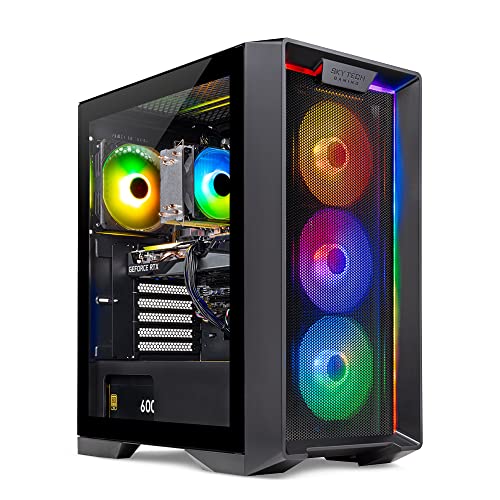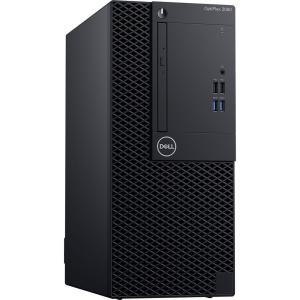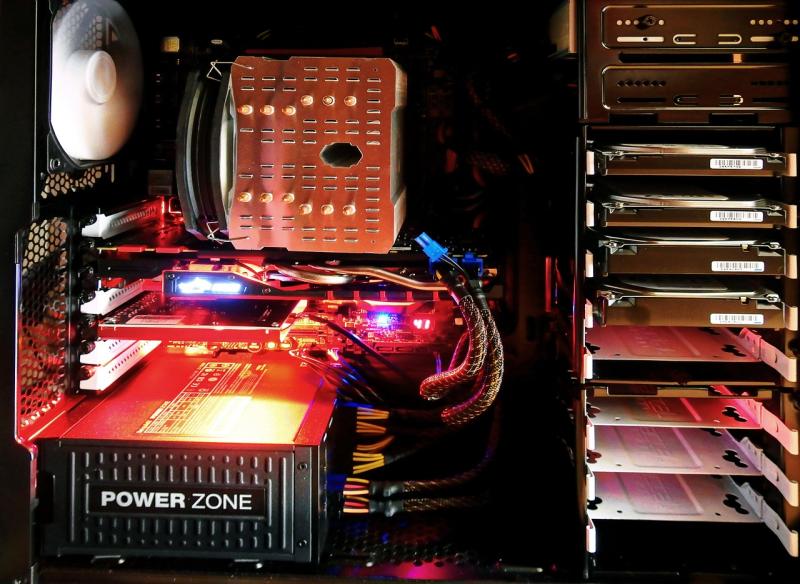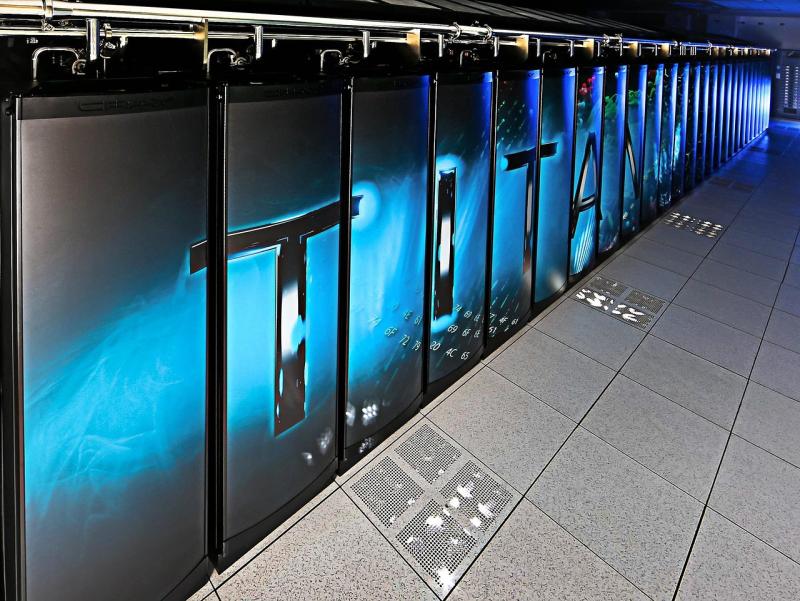**Introduction**
Virtual reality is transforming digital experiences, and the latest VR controllers lie at the heart of this evolution. These next‑generation controllers go far beyond simple button inputs by incorporating advanced haptic feedback, precision motion tracking, and ergonomic design. They enable users to interact naturally within virtual spaces, enhancing immersion and making VR applications in gaming, training, and creativity more intuitive than ever before.
**Technological Innovations**
- **Enhanced Haptic Feedback:**
Innovative actuators and pressure sensors provide nuanced vibrations and tactile responses that simulate real-world sensations.
- **Precision Motion Tracking:**
Advanced inertial measurement units (IMUs), infrared tracking, and sensor fusion algorithms combine to deliver sub‑millimeter accuracy in tracking hand and finger movements.
- **Wireless Connectivity & Low Latency:**
Next‑gen controllers utilize Bluetooth 5.2 or proprietary RF protocols for ultra‑low latency communication, ensuring real‑time responsiveness.
- **Ergonomic Design:**
Lightweight materials and sculpted grips ensure comfort during extended VR sessions, while customizable button layouts cater to individual user preferences.
**Applications and Benefits**
- **Immersive Gaming:**
Enhanced motion precision creates a direct and seamless interaction with virtual environments, essential for competitive and immersive gaming experiences.
- **Professional Training and Simulation:**
In industries such as medicine, aviation, and engineering, realistic haptic feedback and accurate tracking improve simulation fidelity, leading to better learning outcomes.
- **Creative Content Production:**
Artists and designers can utilize VR controllers for intuitive sculpting, modeling, and editing within 3D virtual environments, ushering in new workflows.
- **Enhanced Accessibility:**
Customized interfaces and ergonomic designs help adapt VR experiences for users with varying physical abilities, creating more inclusive technology.
**Future Directions**
Future developments may integrate AI‑based adaptive feedback that customizes haptic responses based on the virtual context or user behavior. Additionally, biometrics such as grip pressure and gesture recognition could further refine interaction, while enhanced wireless protocols promise even lower latency for a seamless experience.
**Keywords:** VR controllers, haptic feedback, motion tracking, VR ergonomics, low‑latency, immersive VR, virtual reality input, advanced VR controllers
Next‑Generation VR Controllers
Advancements in Haptics and Motion Tracking
Related Articles
Essential High-Performance PC Components You Need Now
Upgrade your setup with the must-have parts for unbeatable gaming and productivity
Top Picks for Best High-Performance PCs
Find the perfect power machine for gaming, work, or creative projects
Your Guide to the Best High-Performance PCs
Find the Right PC for Your Gaming and Creative Needs
View our related products
See more






